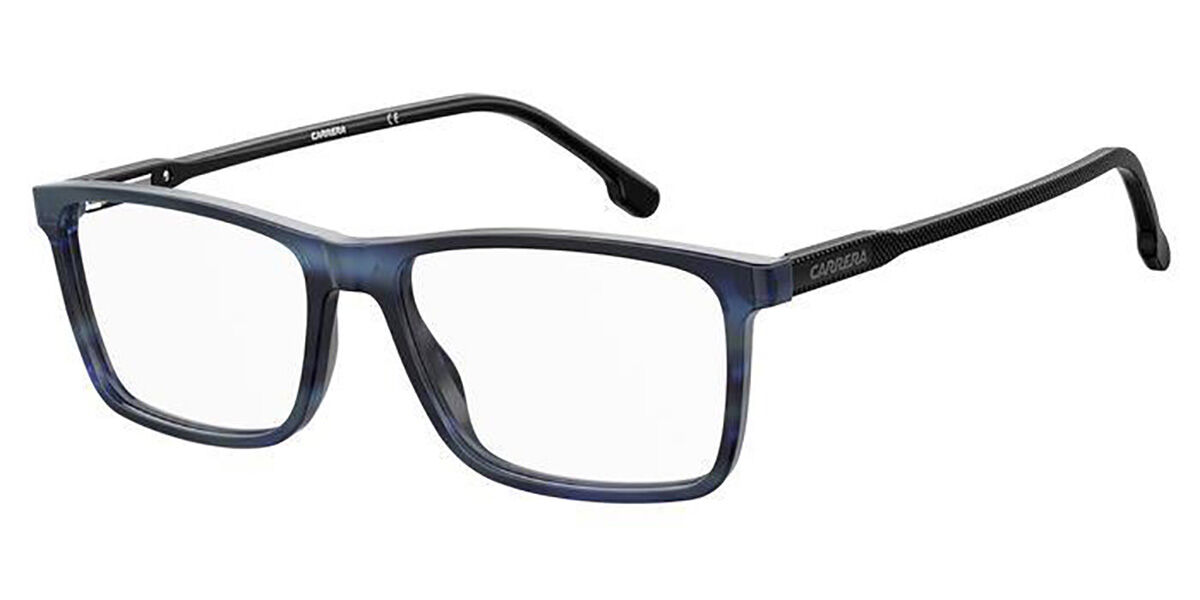

This timing is critical to avoiding crosstalk or ghosts when viewing 3D images and is actually more complex that the above description might suggest.

Sony’s second generation 3D active shutter glasses, just recently introduced, have taken the route of other manufacturers and have the 1 st polarizing filter made as an integral part of the lens.Īctive shutter glasses also must include electronics to receive a 3D synchronization signal (typically from the projector, or an emitter attached to the projector) and circuits to create the precise timing to enable the change of the transparent/opaque state for each lens of the glasses to be correctly synchronized with the alternating right and left sequence of images as they are being projected. However, the supplied snap-on polarizer is needed for when using these same glasses with a Sony 3D projector where the light will not be fully polarized. This was done for when these glasses are used with Sony LCD (or LED) flat panel 3D TVs where the light that is coming from the display’s screen is inherently already highly polarized. Sony’s first generation of 3D active shutter glasses included a removable front polarizing filter (i.e., 1 st polarizing filter in the illustration/description above). However, if the light from the screen is partially or fully polarized and having the same orientation as the 1 st polarizing filter of the glasses then there will be less light lost.

In the case where the light reflected from the projection screen is not polarized (i.e., randomly polarized) then there will be an approximate 50% loss in light caused by the 1 st polarizing filter. However, if the liquid crystal has rotated the orientation of the polarization by 90 degrees, then the polarization of the light coming out of the liquid crystal layer will now match that of the 2 nd polarizing filter and the light will be passed thru. In the case where the liquid crystal layer has not changed the polarization, the 2 nd polarizing filter will block the light due to it having a polarization orientation opposite that of the light coming out of the liquid crystal layer. Finally the light exits thru a 2 nd polarizing filter (e) having the opposite orientation for its polarization from that of the 1 st polarizing filter. Next the light passes thru the liquid crystal layer (c), which is sandwiched between clear substrates (b and d), and the molecular construction of the liquid crystals allow for them to be electrically controlled to either leave the polarization of the incoming light unchanged or to rotate the polarization by 90 degrees. The incoming light first passes thru a polarizing filter (a). Illustration of 3D Liquid Crystal Lens Construction Each lens is composed of a several layers that, in most basic terms, consist of:Į) a polarizing filter with the opposite orientation to a) above. The following is a simplified description/example of how a liquid crystals lens works. In normal operation one lens will be open while the other lens is closed.

In the ‘open’ state the viewer can see the video image on the screen and in the ‘closed’ state the view of the image on the screen is blocked. Thus each lens acts as a shutter that can either be open (i.e., transparent) or closed (i.e., opaque). Each liquid crystal panel alternates between a transparent state and an opaque state. These liquid crystal panels (lens) only require two states for their operation. Passive 3D glasses will be discussed in a future blog when compatible 3D projectors or projection systems are discussed.Įach lens of active shutter 3D glasses is actually a liquid crystal panel. Currently the only consumer projector that uses passive 3D glasses is the LG CF3D (there are some commercial and do-it-yourself dual projector configurations that also use passive 3D glasses). Most consumer 3D TVs and 3D projectors require the use of the more complex “active” shutter 3D glasses and this latter category is the subject of the discussion below.Īctive shutter glasses must be worn by the viewers in order to view the 3D video that is being projected by most consumer 3D projectors. The simplest form is “passive” which use left and right lenses that either have a different fixed polarization or pass different portions of the light spectrum (e.g., different colors). For this blog I will be discussing 3D active shutter glasses.Īs touched upon in earlier blogs, there are basically two general categories of glasses used for viewing 3D video.


 0 kommentar(er)
0 kommentar(er)
